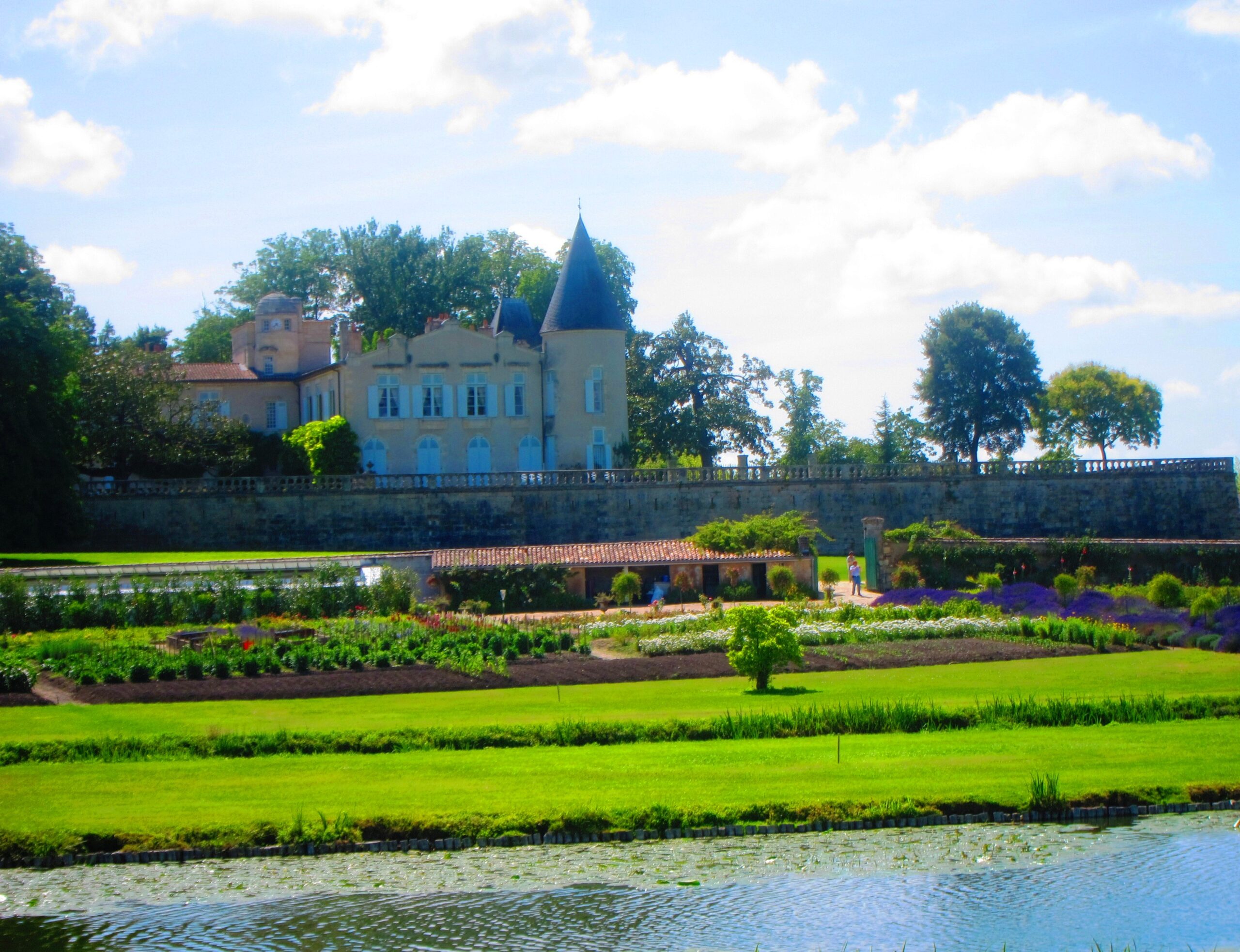2009 Château Lafite Rothschild Pauillac Bordeaux France Wine Tasting Note
33620 Views
|
2009
Château Lafite Rothschild (Pauillac)
Elegant, fresh, vibrant, lively, focused and refined, there is a beautiful purity to the fruit found here. Classic Pauillac here, but the wine is also lush and almost opulent in nature. Medium/full-bodied, with delicious array of red and black fruits, tobacco leaf, crushed stone, smoke and crisp red fruits in the end note, this beauty demands at least 15 more years to start delivering its true potential. The wine was made from blending 82.5% Cabernet Sauvignon, 17% Merlot and .5% Cabernet Franc. This is the highest percentage of Merlot in the blend since 1995. The wine reached 13% ABV. 11,219 Views Tasted Sep 20, 20192009 Lafite has an inky, deep ruby color. Cassis, plums, cedar, lead pencil, fennel, coffee, and cedar pop from the glass. The elegantly textured wine melts in your mouth. Its flavors are intense, pure, and supple. The tannins are ripe and round. The wine finishes with exotic plums and chocolate covered dark cherries. 97-99 Pts 22,401 Views Tasted Aug 26, 2010 |

When to Drink Chateau Lafite Rothschild, Anticipated Maturity, Decanting Time
Chateau Lafite Rothschild is not a wine to drink on the young side. The wine is usually far too tannic and reserved in its youth. Young vintages can be decanted for an average of 3-6 hours, give or take. This allows the wine to soften and open its perfume.
Older vintages might need very little decanting, just enough to remove the sediment. Chateau Lafite Rothschild is usually better with at least 15 years of bottle age. Of course, that can vary slightly, depending on the vintage character. Chateau Lafite Rothschild offers its best drinking and should reach peak maturity between 15 and 60 years of age after the vintage.
Serving Chateau Lafite Rothschild with Wine and Food Pairings
Chateau Lafite Rothschild is best served at 15.5 degrees Celsius, 60 degrees Fahrenheit. The cool, almost cellar temperature gives the wine more freshness and lift.
Chateau Lafite Rothschild is best paired with all types of classic meat dishes, veal, pork, beef, lamb, duck, game, roast chicken, roasted, braised, and grilled dishes. Chateau Lafite Rothschild is also good when matched with Asian dishes, rich fish courses like tuna, salmon, mushrooms, and pasta.
Chateau Lafite Rothschild is the most elegantly styled of the three First Growths from Pauillac. But do not confuse the term elegant with light.┬ĀChateau Lafite is perhaps the most aromatic of the First Growths as well, with a perfume that fills the air with cedar, cassis, spice, tobacco, truffle, lead pencil, dark, red berries, and earthy notes.
In the best vintages, the wine requires decades to develop to its full potential. Trust me on this, it is worth the wait!
Lafite Rothschild is also involved in several diverse wine investments in countries outside of France. Vina Los Vascos in Chile was their first venture outside of Bordeaux, where they make several red and white wines primarily from Coloagua Chile.
In 1999, they joint ventured with the Catena family in Mendoza, Argentina to produce Bodegas Caro.
Continuing to expand, in 1999, they purchased Domaine dŌĆÖAussieres in the Languedoc-Roussillon appellation, located just below the Southern Rhone Valley. Their first move to Asia came in 2011 when they planted vines in the Penglai Peninsula in the Shandong Province in China. The vineyards were planted by Cabernet Sauvignon and Syrah.
Since 1995, the DBR group has also produced "The Collection," which is a series of generic, low-priced wines from various Bordeaux appellations sold under the name of Legende.

